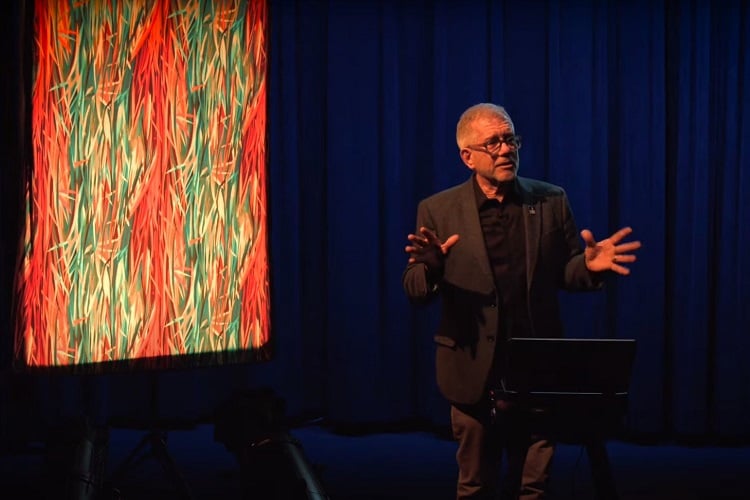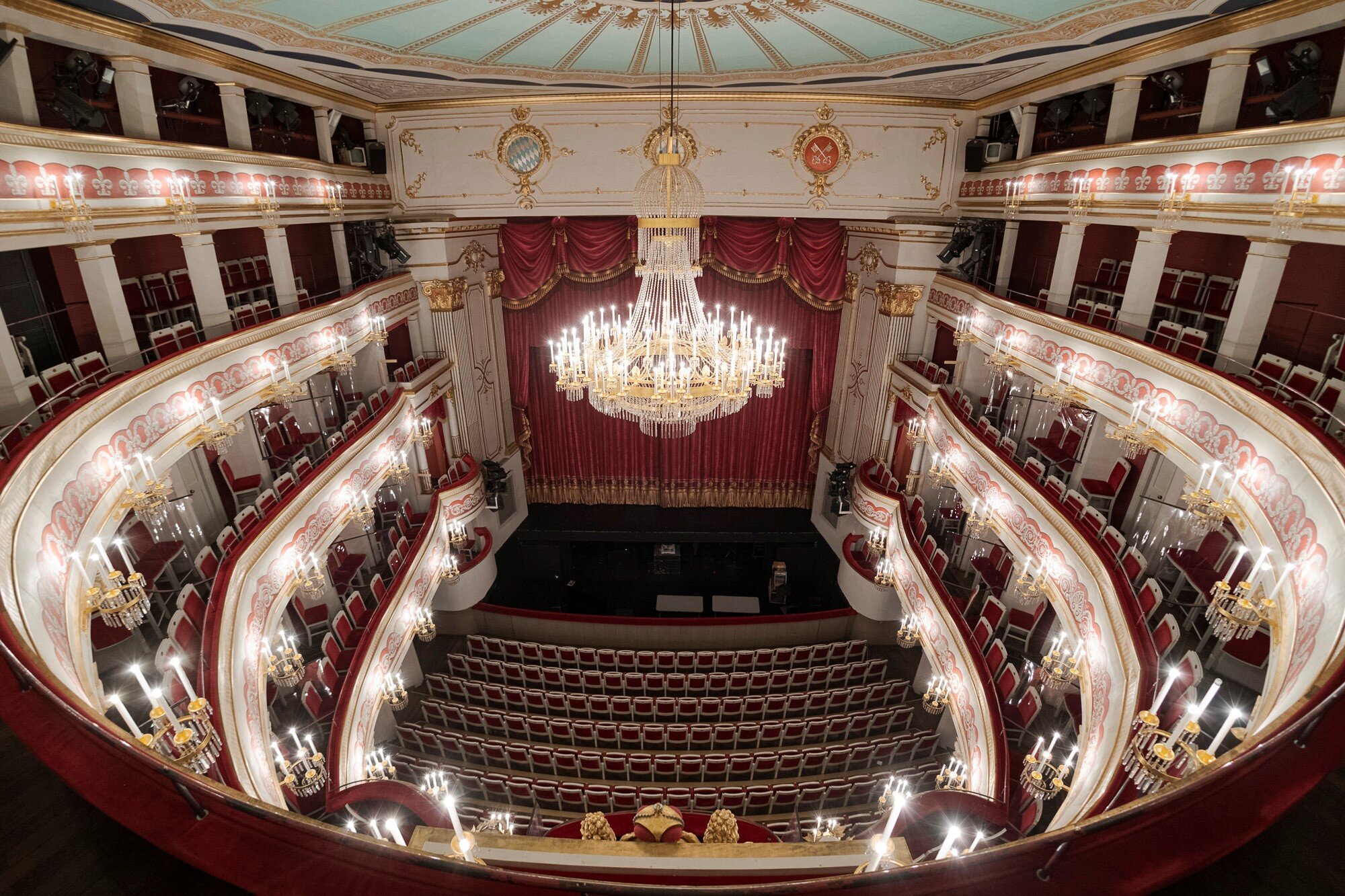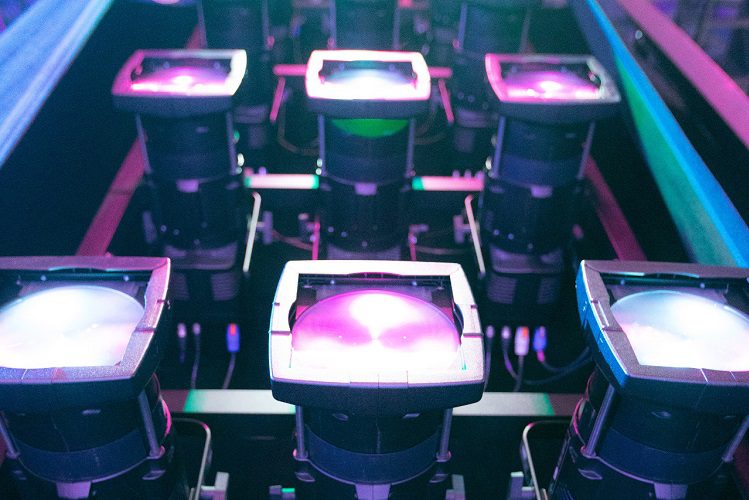As a part of our Study Hall educational efforts, we’ve been hosting Instagram Story Q&A’s with ETC experts over the past few months. With so many questions coming in from our amazing followers, it’s simply not possible to get to them all in a day, or within the confines of an Instagram S0
tory!
We’re sharing more nuggets of knowledge from our in-house experts by fleshing out more of past Q&As on our blog. Today, we share more thoughts from Outreach and Training Specialist Tom Littrell on LEDs.
What do you see as the future of LED color mixing?
Giant, earth-shattering breakthroughs – who knows? LED color mixing will incrementally get better as LED emitter manufacturers improve their ability to make more consistent LEDs.
Why is it that 2 different lights that are both RGBA look so different when mixing them?
If you are speaking of two different fixture manufacturers it’s because each manufacturer may use a different mix of LEDs – a different ratio of red LEDs to blue LEDs to amber LEDs, etc. Another variable: there are different ways to make amber LEDs — with more broad or more narrow spectral qualities and varying intensities. Each will give a different result in an RGBA fixture.
If you are speaking of two luminaires from the same manufacturer, well, quality control is everything! A batch of red LEDs will not all be exactly the same color of red. So, a manufacturer must carefully purchase matching LEDs by means of a process called ‘binning‘ to ensure consistent color from fixture to fixture. Also, ETC uses a proprietary color calibration process that helps improve the consistency of color from fixture to fixture.
What is additive color mixing?
Historically, theatrical fixtures use gel and moving lights use dichroic glass color filters to subtractively change color. A full-spectrum white light source sends light through the filter and it subtracts the spectral parts that you don’t need to see and passes through the color that you do want to see.
Multi-emitter LED luminaires use an array of different colors of LEDs picked to cover the visible spectrum of light. These fixtures create the desired color by additively combining just the LEDs in the specific parts of the spectrum to create the desired color result. More simply, one way starts with a full spectrum source and subtracts the unneeded parts. The other way starts with individual parts of the spectrum and adds the needed parts together.
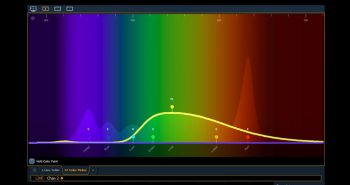
What’s the benefit of lime over amber?
If you look at a spectral graph, there is a large gap between red LEDs and green LEDs. Amber is really close to red and helps fill in the gap somewhat, but there is still a fair amount of missing spectrum between amber and green. Lime green helps fill in much more of the missing color between red and green. It also makes it possible to achieve lighter yellows and straws without having to use a lot of green which can have an undesirable effect, especially on skin tones.
Will we be seeing Deep Red in the Source Four line anytime soon?
This falls into the category of ‘ETC is always working on new and exciting things.’ We are always working to improve all of our products as new technology becomes available and practical.
Is it possible to achieve the same look of a conventional PAR with just an RGB LED?
Nope. Not possible. Dear readers: If I’m wrong, let me know, but I’ve never seen it done with an RGB fixture.
Buddy the elf, what’s your favorite wavelength of visible light?
Buddy says, I like ’em all but there is something about 747 nanometers that makes me want to fly!
Hey Tom! What are the differences and similarities with deep blue LEDs and ultraviolet?
Well, they’re two different colors! Deep blue gets close to UV and can cause some surfaces to fluoresce somewhat, but true UV is invisible to the eye. And, it’s dangerous! It can do serious damage to your retinas before you know it. Beware!
Favorite part about current LEDs and where you think most improvements have come from?
Because of what ETC has done to develop and improve the seven-color mix, it is now possible to get both deep, saturated ‘effects’ colors and subtle ‘natural’ colors from the same luminaire. A simple rep plot of ETC fixtures can light a drama one night, a musical the next night, and even a cover band on the third night!

For white LED fixtures (like Source 4WRD) is that additive or subtractive in the LED engine?
Source 4WRD is a subtractive fixture, color-wise. They are white-light fixtures that will use color media (gel) to subtractively create a desired color
Do you prefer an instrument with CMY or RGB color mixing?
RGB is the original and most basic system for additive color-mixing, specifically for LED fixtures. It is good for deep saturated colors, but is generally not acceptable for more subtle, lighter, more ‘theatre-y’ colors. ETC has proven that only by adding a full spectrum complement of LEDs can you get the natural, tungsten-like colors you need for stage lighting.
CMY is the most commonly used color cross-fading system in moving lights. However, it is a subtractive system that uses three graduated glass filters (cyan, magenta, yellow) in front of a white source. In a subtractive system, CMY filters work much better than RGB graduated filters for making lighter pastels and tints. But, a CMY filter set is not as good for deep saturated colors. For instance, combining magenta and yellow filters will make a red, but not the rich red that might be desired. So, most moving lights also have a color wheel of saturated colors to achieve the saturated colors that a CMY system can’t quite achieve.
How can I give my scene an “off” and unsettling vibe in a natural way?
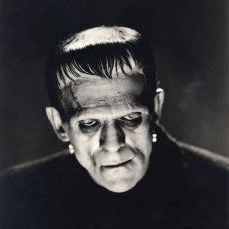 Did you ever shine a flashlight under your chin to scare the kids? Of course, you did! Yes, this is corny and very obvious, so you have to dial it back a bit to make it more subtle. But a good starting point would be lower angles, cooler colors, and generally more side light and less front light to get something that is subtly more unsettling.
Did you ever shine a flashlight under your chin to scare the kids? Of course, you did! Yes, this is corny and very obvious, so you have to dial it back a bit to make it more subtle. But a good starting point would be lower angles, cooler colors, and generally more side light and less front light to get something that is subtly more unsettling.
Follow our Instagram account to participate in future Q&As and see our latest updates at @electronictheatrecontrols


